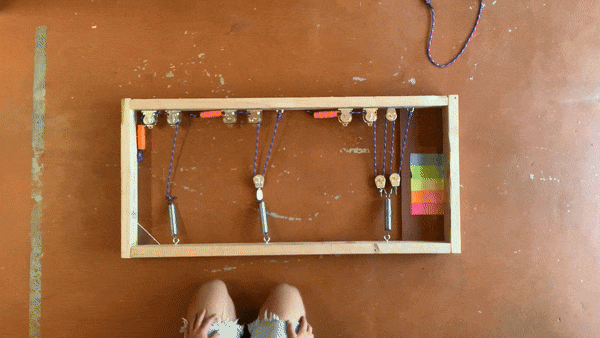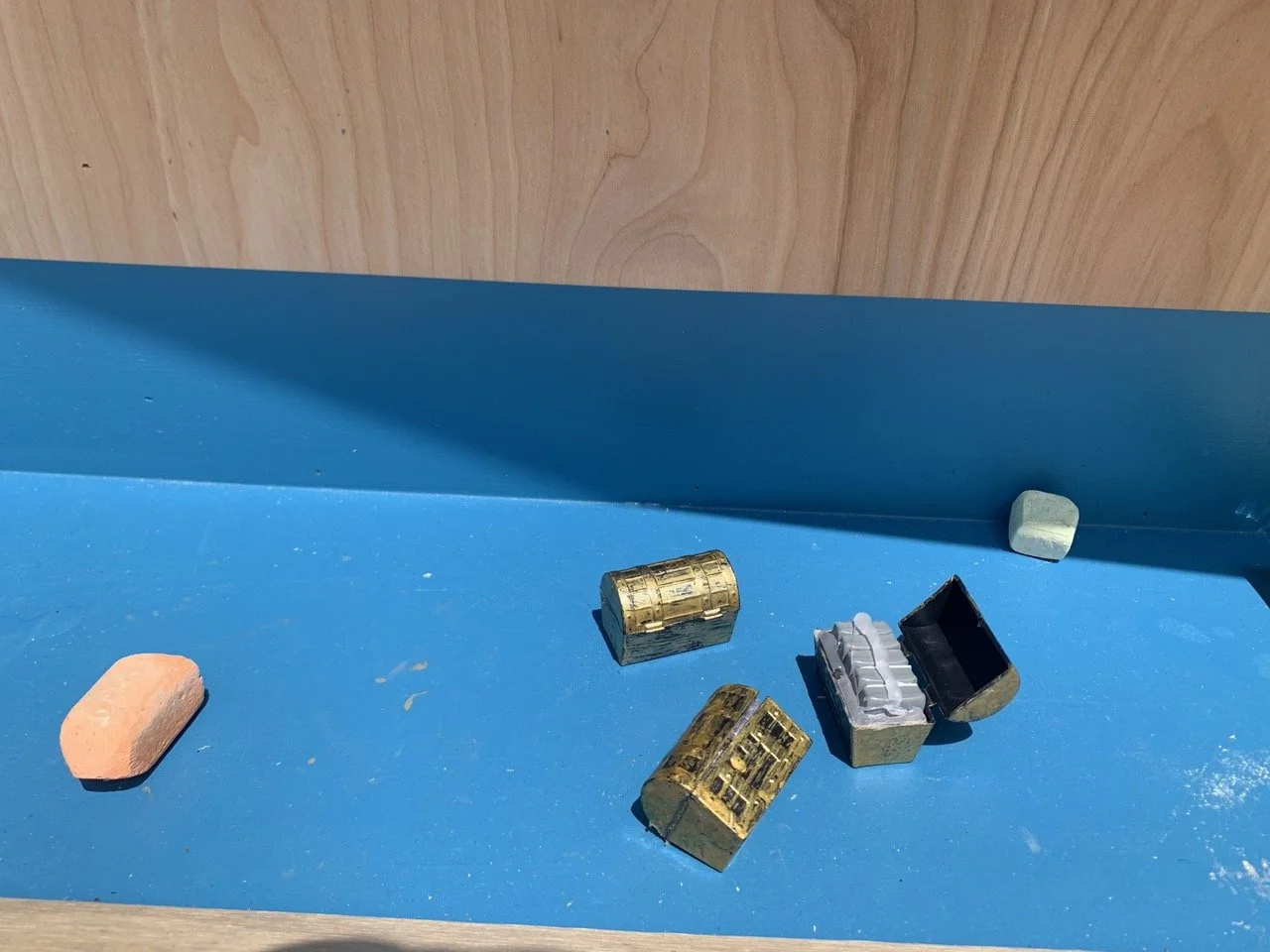Exploring pirate science with an interactive mobile laboratory
Exhibit Design
Fabrication
L.A.-based non-profit Onward Industries is opening their very first physical space on Catalina Island where they can host events and activities that promote ocean conservation and stewardship. To attract visitors, I designed and fabricated a series of interactive exhibits that teach kids and their parents about the natural forces that govern the seven seas.
Challenge
Introduce local youth and their families to Onward Oceans, promote summer programming, and support fundraising efforts.
Strategy
Engage visitors with hands-on experiments, activities, and demonstrations illustrating the scientific principles utilized by pirates throughout the age of sail.
What’s Blackbeard got to do with ocean conservation?
Buccaneers were forced to be profoundly aware of the ocean’s patterns and be incredibly resourceful to navigate them. The pirate P.O.V. provides a rich and engaging platform to explore the natural sciences that move the seas – as well as the human-made inventions created to survive them.
And also, pirates are fun.
Engraving of “The pirate own book” 1837
Exploring exhibit ideas
After reading books, listening to podcasts, and scouring forums on the history of piracy, I identified 30 or so inventions and scientific principles that could be demonstrated through installations and got to sketching.

















Creating an ambiance of discovery
The wooden structure, located on a thin strip of land in Cat Harbor, has an innately nautical character. Building on this theme, exhibits are distributed among barrels, ropes, and crates like work stations on the deck of a ship. Elevated quarter-deck and crow’s nest landings encourage visitors to explore the space from different vantage points.
Meanwhile, glass display cases, chalkboard interpretive elements, steel shelving and curio cabinets are reminiscent of a 1970’s laboratory – deputizing visitors to investigate the pirate relics on display at each interactive station.
Testing the concept with a mini museum-mobile
In order to generate a buzz and gather early feedback, we decided to small and prototype a scaled-down version of the exhibit that could be brought to farmers markets and public spaces before the brick-and-mortar location was ready. I worked with the organization to select four exhibits from the initial pool of concepts, and configure them to fit on a vendor-style-cart that could be towed around by bike.
Rough and ready prototypes
Next, I built low-fidelity mockups of the exhibits to test materials and work out the mechanical relationships at-scale. Primary constraints included a compact footprint and minimal weight in order to be easily towed by a bicycle.
Building a narrative with color + material + finish
To align with the theme of scientific research, I selected technical fonts, angular patterns, and sterile, industrial materials like chrome hardware and acrylic.
The earth-tone color palette and smooth wood structure were derived from Onward Industries’ brand guidelines
Expanding the universe
Supplemental artifacts like treasure maps and personalized access cards enrich the in-person experience, and provide guests with a way to bring part of the exhibit home with them.
Putting the cart to the test
It was time to see how the mobile PirateLab would stand up to the subject matter experts – kids. Following a beach cleanup organized by Onward Industries, 30+ kids age 2-13 and their families were invited to play with the exhibit. The initial reception was fantastic, with some kids (and more than a few parents) staying engaged with the activities for over an hour.
Lessons learned in the field
I learned a TON from watching visitors get their hands on each station – from the surprising ways that verbiage or graphics were interpreted, to the creative ways a component could be manipulated and ultimately destroyed. Some precocious young visitors even shared their ideas on potential improvements with me directly. The majority of my learnings fit into four categories:
Getting a mechanism to be operational can be more fun and educational than operating it.
When a puzzle’s solution is unclear, everything becomes a clue.
If it’s not bolted down, it will be removed – by force if necessary.
If a parameter is flexible, it will me flexed to its utmost limit.
Next steps
Test, iterate and scale up
The mobile PirateLab will continue touring local public events this summer. Based on feedback from visiting families, we’ll determine how to make each station more robust and engaging, and which activities are worth scaling up for the full-sized exhibit on Catalina island.
Related Work
The Randall Museum
Exhibit Design · Research · CAD Modeling
LSA X Yosemite National Park
Welcoming visitors to a new perspective on national monuments




























